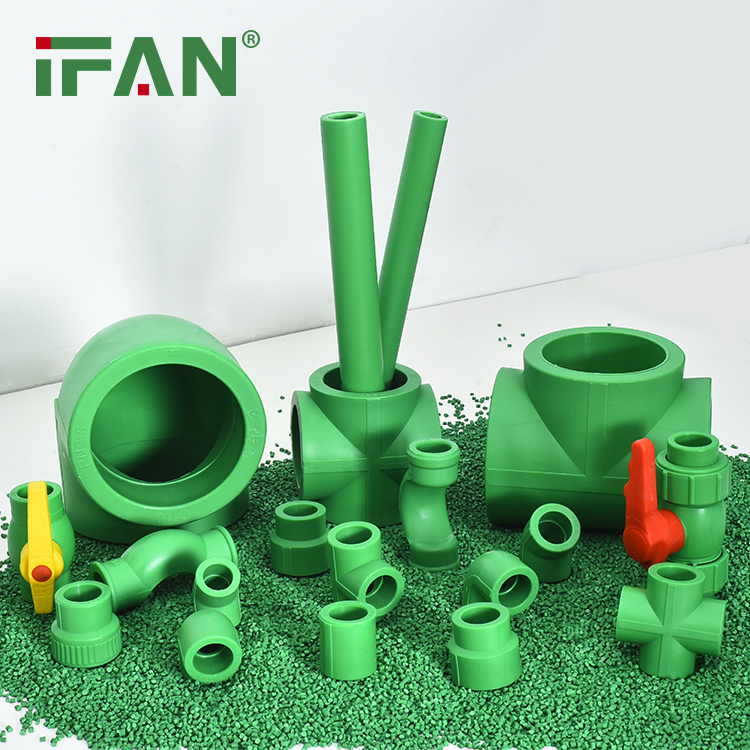Connecting PPR Piping
Examining Joining Methods
RITABLE PPR stands for polypropylene random copolymer thermoplastic has grown popular as a pipe material for heated water distribution and cooling lines in recent decades. PPR offers notable heat resistance, pressure ratings, chemical inertness, and longevity when properly installed. Joining PPR pipe sections correctly enables these resilient system capacities.IFAN factory with 30+ years of manufacturing experience supports color/size customization and free samples. Welcome to consult for catalog and free samples. This is our Facebook Website: www.facebook.com.

Common PPR Pipe Joining Approaches
RITABLE PPR pipe fittings connect straight tubes to form complete networks moving pressurized hot and chilled fluids. Various joint styles suit different cost, skill, and strength factors.
Standard Options Available Typical methods include threading, flanging, clamping, press fittings, heat fusion, or electrofusion. Each carries pros and cons regarding tools needed, leakage risks, pressure thresholds before failures, and user capabilities demanded for precision.
Ideal Applications
Threading works for drainage pipes; fusion handles chemical transfers; pressed fittings suit radiant floor heat manifolds. Matching joint types to use cases prevents capability underutilization or unsafe overexertion leading to leaks or fractures.
Key Traits by PPR Joint Method
Relative advantages emerge among techniques regarding assembly speed, required skill level, safety risks, and ultimate joint integrity.
Threading PPR Joints Cuts mating threads to twist fittings onto pipe ends without seals or tools for hand-tight leakage protection, allowing later manual disassembly.
Clamping PPR Joints Uses metal clamps tightened over adhesive pipe coatings to seal fittings. Simplicity counterbalances contamination risks impairing everyday thermal cycling durabilities.
Pressing PPR Joints Forms instant sealed fittings by compressing o-rings between precision machined socket cavities and matching pipe diameters using powered pneumatic tools for grip force.
Fusion Welding Joints
Melts PPR pipe edges and fits sockets together into continuous monolithic extrusion bonds for indefinite leakproof integrity able to withstand chemicals or sustained pressures above other methods’ capacities.
Conclusion
PPR pipe systems leverage various fitting configurations and joining techniques to complete flow networks for gases and hot liquids. Match connection methods to individual applications based on temperature, chemistry, longevity, skill, and pressure level concerns relative to real-world demands.
IFAN
IFAN factory started in 1993. And IFAN has a workshop of 120000 square meters with 610 staff. IFAN can design and produce all plumbing pipe and fitting including PPR, PVC, CPVC PPSU HDPE PEXA PEXB PERT pipe and fitting, brass fitting, brass ball valve, heating system, gas system, sanitary faucets, and hose, In the past 30 years, IFAN has never forgotten his mission-To protect health and safety. The IFAN factory uses the best materials to produce high-quality pipe and fittings with an automatic production line and high-tech quality control machines.

